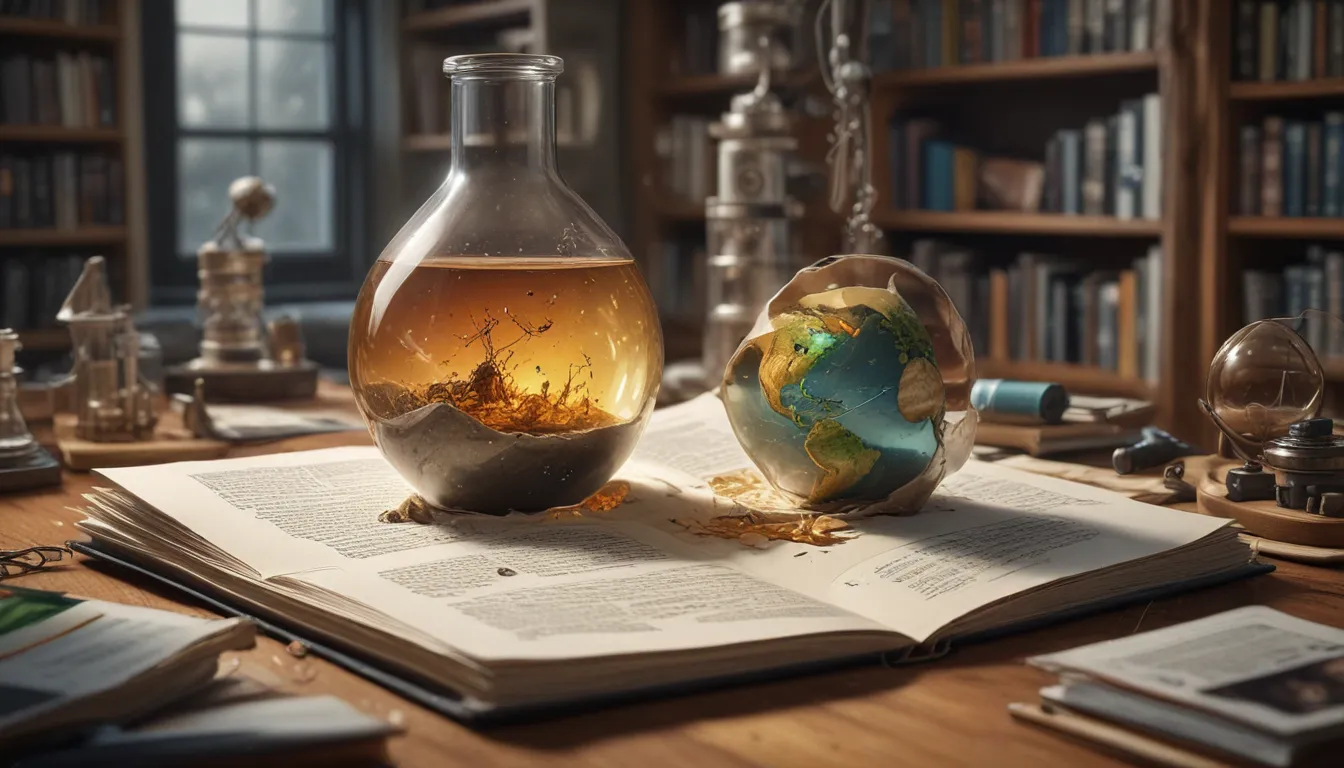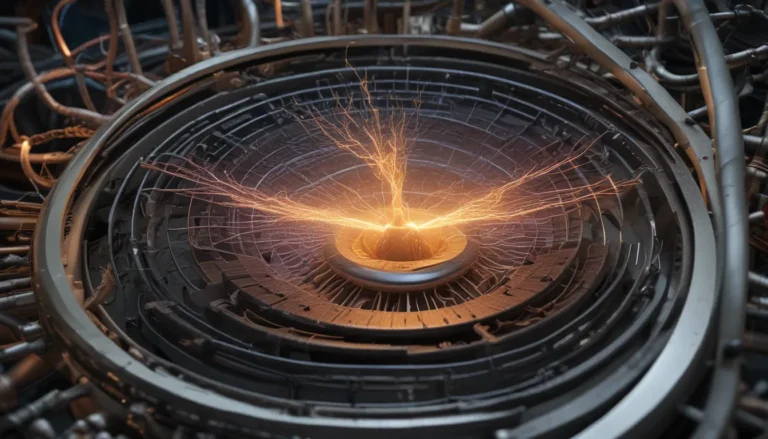A Note About Images: The images used in our articles are for illustration purposes only and may not exactly match the content. They are meant to engage readers, but the text should be relied upon for accurate information.
Friction, a force we encounter daily, is responsible for how objects interact and move in our environment. It plays a vital role in various activities, from walking and writing to driving. Understanding friction not only deepens our knowledge of physics but also gives us valuable insights into the mechanics of our world. In this article, we will delve into the fascinating world of friction and explore eight intriguing facts that will change your perspective on this fundamental force.
The Basics of Friction
Friction is the resistance that occurs when two surfaces come into contact with each other. It is the force that opposes motion and is caused by microscopic irregularities on the surfaces in contact. This resistance can affect the speed and direction of objects in motion.
Friction Creates Heat
One fascinating effect of friction is the generation of heat. When two surfaces rub against each other, the energy of the motion is transformed into heat energy. This phenomenon is evident when you vigorously rub your hands together, feeling the warmth generated by the friction.
The Role of Friction in Motion
Friction plays a significant role in both slowing down and stopping moving objects. It acts as a brake, converting kinetic energy into heat energy. You can observe this when applying the brakes on a bicycle or a car, where friction is essential for safety and control.
The Types of Friction
Friction comes in various forms, including static friction, kinetic friction, rolling friction, and fluid friction. Each type has its unique characteristics and impacts different types of motion. For example, static friction keeps objects in place, while kinetic friction opposes the motion of objects sliding against each other.
The Influence of Surfaces on Friction
The amount of friction experienced between two surfaces depends on the nature of the surfaces in contact. Rough surfaces generally have more friction compared to smoother surfaces. Understanding the relationship between surface texture and friction can help in designing more efficient systems and products.
The Impact of Friction on Efficiency
Friction can have both beneficial and detrimental effects depending on the context. While it enables us to walk, grip objects, and perform tasks, it can also cause wear and tear on machinery, reducing efficiency and causing damage. Finding the right balance of friction is crucial for optimizing performance.
Ways to Reduce Friction
There are methods to reduce friction in specific situations. Using lubricants such as oil or grease can smooth out rough surfaces and minimize friction. Employing wheels or rollers can also help by converting sliding motion into rolling motion, reducing friction in the process.
The Significance of Friction in Everyday Life
Understanding the concept of friction not only enriches our knowledge of physics but also helps us improve efficiency, reduce wear and tear, and enhance safety in daily activities. By grasping the principles of friction, we can navigate our world with better understanding and appreciation for this fundamental force.
Frequently Asked Questions About Friction
- What is friction?
-
Friction is the force that opposes the motion of an object when it comes into contact with another object or surface. It acts in the opposite direction of the applied force and can cause objects to slow down or come to a stop.
-
Why is friction important?
-
Friction plays a crucial role in our everyday lives by enabling us to walk, drive vehicles, hold objects, and perform various tasks. Without friction, objects would continue to slide uncontrollably and pose safety risks.
-
How does friction affect motion?
-
Friction can impede the forward motion of an object, leading to a decrease in speed or stopping the object altogether. It can also provide grip and traction to facilitate motion, such as when car tires grip the road.
-
Can friction be reduced?
-
Yes, friction can be reduced through methods such as lubrication with oil or grease, using smoother surfaces, or polishing rough surfaces. These techniques help minimize resistance between surfaces and decrease friction.
-
How does friction produce heat?
-
When two objects rub against each other, the friction generates heat by converting some of the energy from the motion into heat energy. This phenomenon is observable when surfaces rub together and warmth is felt due to the resistance offered by friction.
-
Does friction exist in space?
-
No, friction does not exist in space as there is no air or medium to create resistance between objects. In the absence of friction, objects in space continue to move at a constant speed unless acted upon by external forces.
-
Can friction be both beneficial and harmful?
-
Yes, friction has positive effects like stability and control but can also lead to wear and tear, decreased efficiency, and energy loss. Balancing friction is essential for maintaining functionality while reducing unnecessary resistance.
-
How is friction related to Newton’s laws of motion?
- Friction is connected to Newton’s third law of motion, where for every action, there is an equal and opposite reaction. Friction acts as the reaction force to the applied force, creating resistance that affects the motion of objects.
Conclusion: Embracing the Fascinating World of Friction
Friction is a force that shapes our world and influences our daily experiences in profound ways. By exploring the principles of friction and its various forms, we gain a deeper appreciation for its role in our lives. From enhancing efficiency to ensuring safety, friction is a force that warrants our understanding and attention. As we recognize the importance of friction, we can harness its power to innovate, improve, and navigate our world with greater insight and appreciation.
Embark on a journey of knowledge and exploration, starting with the captivating world of friction. Discover its secrets, unravel its mysteries, and embrace the wonders of this fundamental force that shapes our existence. Let your curiosity lead you to new horizons of understanding, where the complexities of friction unfold before your eyes. Join us in celebrating the marvels of friction and the remarkable impact it has on our world.






